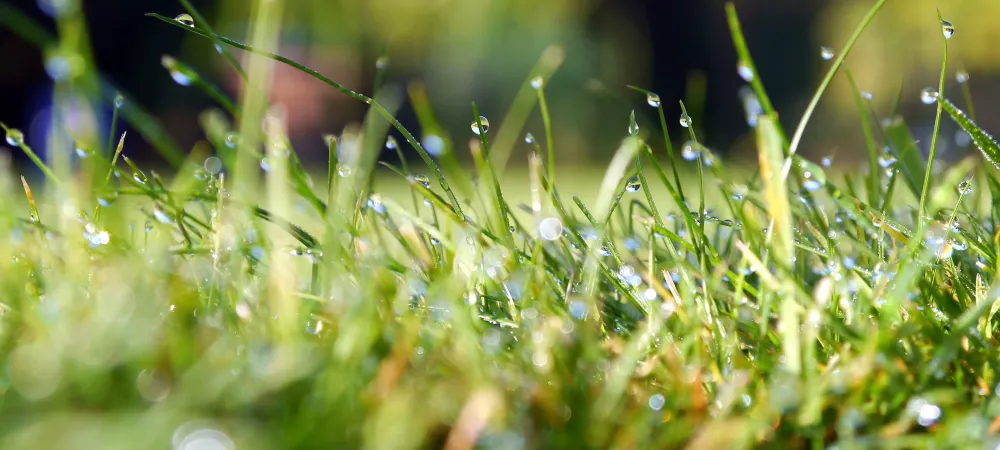How Do I Get Rid of Grubs?

Are you noticing brown patches on your once-lush lawn? It could be the work of grubs, those pesky larvae that wreak havoc underground. In this guide, we'll delve into the world of grubs, exploring why they're bad for your lawn, what attracts them, how to identify them, and most importantly, how to bid them farewell for good.
What Are Grubs?
Before we dive into eradication methods, let's understand what exactly we're dealing with. Grubs are the larval stage of various beetles, including Japanese beetles, June bugs, and European chafers. These cream-colored, C-shaped creatures feast on grassroots, causing significant damage to lawns if left unchecked.
Why Are Grubs Bad for Your Lawn?
Grubs may seem innocuous at first glance, but their subterranean feasting can devastate your lawn's health. By feeding on grassroots, they disrupt the lawn's ability to absorb water and nutrients, leading to brown patches and wilting turf. Left untreated, a grub infestation can result in irreversible damage to your once-vibrant lawn.
What Attracts Grubs to Your Yard?
Understanding what draws grubs to your yard is crucial for prevention. Grubs are attracted to moist, organic-rich soil, making overwatered lawns and areas with thatch buildup prime real estate for these underground invaders. Additionally, adult beetles lay their eggs in healthy turf, perpetuating the cycle of infestation.
How to Identify Grubs
Spotting a grub infestation early is key to effective control. Keep an eye out for signs such as brown patches that detach easily, increased bird activity (as they feed on grubs), and wilting grass despite adequate watering. To confirm the presence of grubs, conduct a simple soil inspection, looking for C-shaped larvae beneath the turf.
How to Get Rid of Grubs
Now that we've identified what grubs are, it's time to formulate a strategy for eradication. Here are some effective methods to reclaim your lawn from the clutches of grubs:
- Biological Control: Introduce natural predators like nematodes or milky spore bacteria to target and eliminate grubs without harming beneficial insects.
- Chemical Treatments: Consider applying insecticides specifically formulated to target grubs. Always follow label instructions carefully and consider environmental impact.
- Cultural Practices: Implement lawn care practices that discourage grub infestations, such as proper watering techniques, regular aeration, and minimizing thatch buildup.
- DIY Remedies: Explore homemade solutions like beneficial nematode sprays or neem oil applications as more natural alternatives to chemical treatments.
- Professional Grub Control & Lawn Care: Partner with a local lawn care company like Custom Lawn Care to get rid of grubs as well as make your lawn healthy again.
